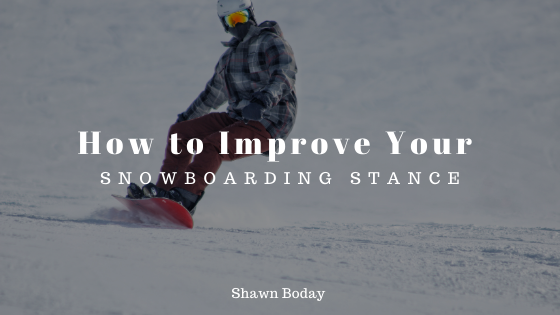While there are many commonalities between surfing, skateboarding and snowboarding, one aspect that is unique to snowboarding is the use of bindings that actually “lock” your feet into position on your board. Like surfboards or skateboards, however, the way you control and maneuver a snowboard is by shifting your weight and your center of gravity but on a snowboard you have to learn to do this without moving your feet. The way you set your bindings is called your stance. Here are three steps to help you improve your snowboard stance.
Start Indoors
The first step to developing a good stance is to start by adjusting your gear indoors. If you are just learning to ride, there will be a fairly standard setup, but there are still some adjustments that will be unique to you. The first thing you will want to decide is which way you feel most comfortable riding. If you feel more comfortable standing with your dominant foot in back, that is called riding regular but if it feels more comfortable to stand with your dominant foot in front, it is called riding goofy. Your bindings will need to be adjusted based on what you decide.
Get a Feel for the Board in a Basic Setup
If you are just beginning to learn to ride, it may be better to leave your bindings in a standard setup until you have mastered some basics. Once you have learned how to ride with a basic stance, you can begin to adjust your stance to advance your skills. Most experienced riders will carry a tool with them that allows them to make adjustments to their bindings on the mountain.
Keep Experimenting and Adjusting
As you become more comfortable riding, you can start to experiment with different stances. You may discover you prefer riding with your back foot perfectly perpendicular to the board and your front foot at a slight angle or even both feet perfectly perpendicular. You may also discover you have better control moving your bindings closer together or maybe even just a bit farther apart. Every rider has a slightly different natural stance and many riders will even develop a different type of stance for different terrain.

